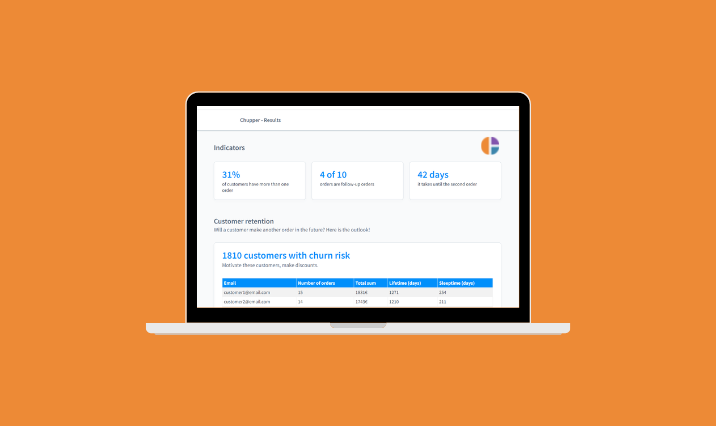XYZ analysis
XYZ analysis is a classification method to rank the resources of a company depending on:
-
The stability of consumption and the accuracy of its future forecast;
-
The stability or variability of demand;
-
The susceptibility to seasonal fluctuations in demand;
-
The random nature of demand.
The algorithm is implemented as follows:
- The coefficients of variation for the analyzed resources are determined.
is the value of the parameter for the object to be evaluated for the i-th period, is the average value of the parameter over all periods, n is the number of periods.
-
Resources are sorted by coefficient of variation in ascending order.
-
The resources are divided by categories X, Y, Z:
- Category X — resources are characterized by a stable value of consumption, insignificant fluctuations in consumption and high predictive accuracy. The value of the coefficient of variation is in the range of 0 to 10%.
- Category Y — resources are characterized by known trends in demand (e.g. seasonal fluctuations) and average forecasting capabilities. The value of the coefficient of variation is between 10 and 25%.
- Category Z — resource consumption is irregular, there are no trends, prediction accuracy is low. The value of the coefficient of variation is more than 25%.
-
The results of the analysis are interpreted graphically.
XYZ analysis is useful for distributors and manufacturers owning their own warehouses. It makes it possible to reduce corporate costs associated with logistics and storage of resources, as well as direct risks (e.g. write-off of goods after expiration date).


